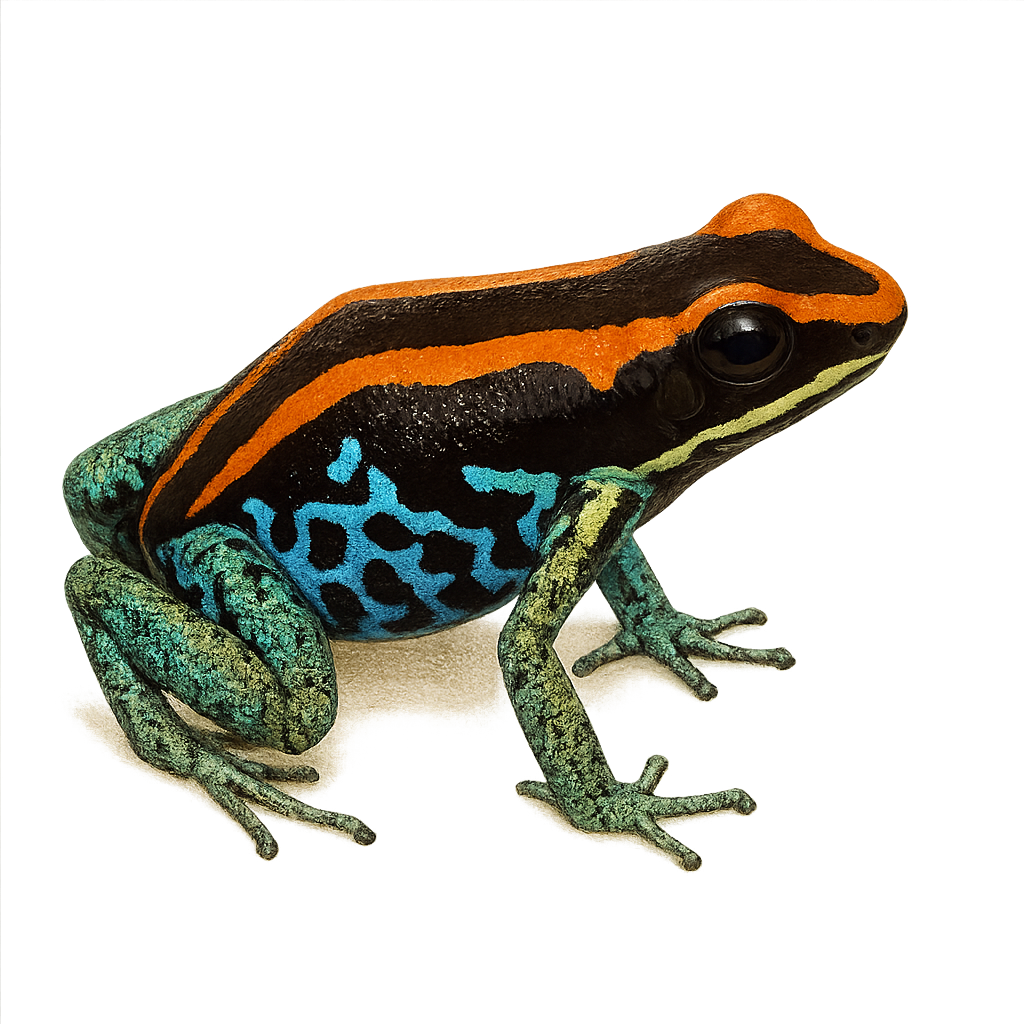Your wildlife photography guide.
Explore the golfodulcean poison frog in detail, study its behavior, prepare your shots.
Where to observe and photograph the golfodulcean poison frog in the wild
Learn where and when to spot the golfodulcean poison frog in the wild, how to identify the species based on distinctive features, and what natural environments it inhabits. The WildlifePhotographer app offers tailored photography tips that reflect the golfodulcean poison frog’s behavior, helping you capture better wildlife images. Explore the full species profile for key information including description, habitat, active periods, and approach techniques.
Golfodulcean Poison Frog
Scientific name: Phyllobates vittatus

IUCN Status: Near Threatened
Family: DENDROBATIDAE
Group: Amphibians
Sensitivity to human approach: Suspicious
Minimum approach distance: 2 m
Reproduction period: April to July
Incubation: 10–14 jours
Births: May to August
Habitat:
Tropical rainforests, riparian zones
Activity period :
Primarily active during the day, with peak activity in the morning and late afternoon.
Identification and description:
The Golfodulcean Poison Frog, or Phyllobates vittatus, is a tropical frog species known for its toxic skin. Native to the humid forests of Costa Rica, this frog displays striking black and orange stripes, a natural warning of its toxicity. It secretes a potent alkaloid toxin, batrachotoxin, which protects it from predators. Measuring about 3 to 4 cm, it primarily feeds on small insects. The Golfodulcean Poison Frog plays a crucial role in its ecosystem by regulating insect populations. Although its toxicity is formidable, it is harmless to humans if not handled. This species is currently threatened by deforestation and the loss of its natural habitat.
Recommended lens:
Macro – adjust based on distance, desired framing (portrait or habitat), and approach conditions.
Photography tips:
To photograph the Golfodulcean Poison Frog, it is essential to maintain a safe distance of at least 2 m to avoid any risk associated with its toxicity. Use a macro lens to capture the details of its vivid colors and distinctive patterns. Opt for times of the day when natural light is abundant to achieve sharp and well-lit images. Be patient and discreet to avoid disturbing its natural behavior. Finally, ensure not to touch the frog to avoid any contact with its toxic skin.
The WildlifePhotographer App is coming soon!
Be the first to explore the best nature spots, track rutting seasons, log your observations, and observe more wildlife.
Already 1 431 wildlife lovers subscribed worldwide

